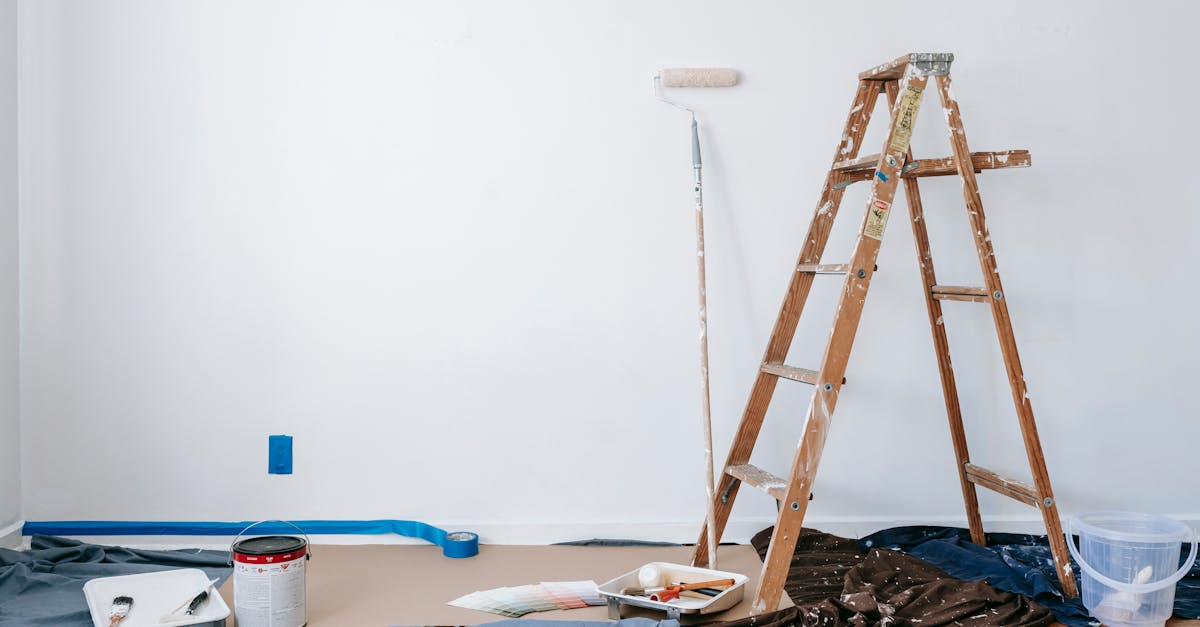
Table Of Contents
Loan Terms Length
Fix n Flip Loans typically feature shorter terms compared to traditional mortgages. Most lenders offer durations ranging from six months to two years, reflecting the quick turnaround time expected for these types of projects. This short timeline helps investors complete renovations and resell properties swiftly, maximizing their profit potential.
Moreover, the specific length of the loan can vary based on the lender, the borrower's experience, and the nature of the project. A seasoned investor may secure more favorable terms than a first-timer, emphasizing the importance of a solid track record in real estate flipping. Understanding these terms is essential for planning the financial aspects of a flip effectively.
Typical Duration of a Fix and Flip Loan
The typical duration of a fix and flip loan varies depending on the lender and the specific terms of the agreement. Generally, these loans are structured to be short-term, often ranging from six months to eighteen months. This timeline aligns with the needs of investors who aim to purchase a property, renovate it, and sell it for profit swiftly. Lenders prefer this shorter duration to minimize their risk exposure while allowing borrowers enough time to complete their projects.
Borrowers must carefully consider the duration when selecting fix n flip loans. The timeframe influences not only the overall cost of the loan but also the strategy for the renovation and resale of the property. Miscalculating the time needed for renovations can lead to financial strain if the loan terms do not align with project timelines. Understanding the duration and matching it with realistic renovation goals is essential for a successful investment.
Application Process
Applying for a fix and flip loan involves several key steps that investors should be aware of to ensure a smooth process. First, potential borrowers need to gather essential documentation, including personal financial statements, credit reports, and information about the property in question. Lenders typically require a comprehensive overview of the property’s estimated value and the proposed budget for renovations. This allows them to assess both the borrower's financial stability and the project's potential profitability.
Once the necessary documents are compiled, investors can approach lenders specializing in fix n flip loans. The application can often be submitted online, making it convenient for borrowers to access funding quickly. After submission, the lender will conduct a thorough review of the application, assessing both the borrower's qualifications and the project's viability. Responding promptly to any additional information requests from the lender can facilitate a quicker approval process, increasing the chances of securing the loan in a timely manner.
Steps to Secure Funding
The first step in securing funding for your project involves gathering essential documentation. Lenders typically require detailed information about your financial history, credit score, and a comprehensive property analysis. Prepare a budget that outlines the expected costs for purchasing and renovating the property. Having this information organized can streamline the approval process and reflect your seriousness as a borrower.
Once you have your documents in order, you can begin researching potential lenders that offer Fix n Flip Loans. Different lenders have varying terms, interest rates, and qualification requirements. It’s crucial to compare these factors to find the best fit for your specific needs. Reach out to lenders, discuss your project, and formally submit your application once you identify suitable options. This proactive approach can significantly enhance your chances of securing the necessary funds for your flipping venture.
Repayment Structure
The repayment structure for Fix n Flip Loans is typically designed to align with the short-term nature of real estate investments. Borrowers usually face balloon payments at the end of the loan term, which means they will need to pay off the principal balance in one lump sum. This arrangement allows investors to use their cash flow from property sales to meet these obligations without burdensome monthly payments.
Interest rates on Fix n Flip Loans can vary based on the lender and the creditworthiness of the borrower. Generally, these loans come with higher interest rates compared to traditional mortgages due to the increased risk associated with short-term financing. It is important for investors to thoroughly understand their payment obligations and factor these costs into their overall project budgets to ensure successful investment outcomes.
Understanding Your Payment Obligations
When entering into a fix and flip loan agreement, it is crucial to understand your payment obligations fully. These loans typically come with specific terms outlining the repayment schedule. Borrowers usually face monthly payments that can vary based on the loan amount, interest rate, and duration of the loan. Interest rates on fix and flip loans can be higher than traditional mortgages, reflecting the risks associated with renovating properties within a short time frame.
In most cases, borrowers are expected to repay the principal amount along with interest upon the sale of the property or at the loan's maturity. Some lenders might allow for interest-only payments during the renovation phase, making it essential to clarify these terms upfront. Failure to meet payment obligations could lead to penalties or even foreclosure of the property. Understanding these responsibilities helps investors plan their financial strategy effectively.
FAQS
What is a fix and flip loan?
A fix and flip loan is a short-term financing option designed for real estate investors who purchase properties to renovate and sell quickly for a profit.
How long does a typical fix and flip loan last?
The typical duration of a fix and flip loan ranges from 6 months to 24 months, depending on the lender and the specifics of the project.
What is the application process for a fix and flip loan?
The application process generally involves submitting a loan application, providing financial documentation, presenting your renovation plans, and sometimes undergoing a property appraisal.
How do I repay a fix and flip loan?
Repayment structures for fix and flip loans vary, but they often require interest-only payments during the loan term, with the principal paid back in full upon selling the renovated property.
Are there specific requirements to qualify for a fix and flip loan?
Yes, to qualify for a fix and flip loan, lenders typically look for a solid credit score, experience with real estate investments, a detailed renovation plan, and a reasonable after-repair value (ARV) of the property.



